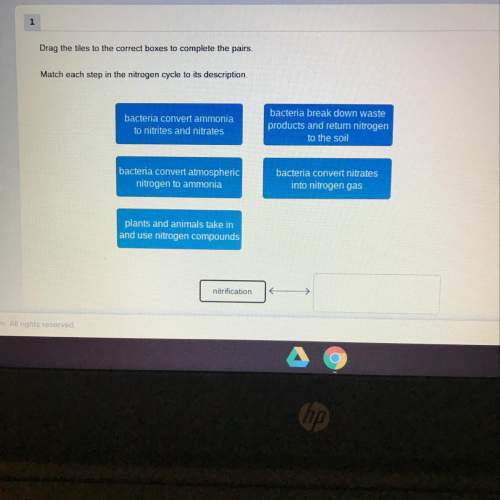
In a nutrient medium that lacks histidine, a thin layer of agar containing around 10^9 Salmonella typhimurium histidine auxotroph produces around 13 colonies over a two day incubation period at 37 degrees centigrade. How do these colonies arise in the absence of histidine? The experiment is repeated in the presence of 0.4 micrograms of 2-aminoanthracene. The number of colonies the number of colonies produced over 2 days exceeds 10,000. What does this indicate about 2- anthracene? what can you surmise about its carcinogenicity?

Answers: 1
Another question on Biology

Biology, 22.06.2019 04:00
Select the correct answer. which mutation is harmful to the organism? a. a mutation allowing moths to camouflage better on blackened tree bark b. a mutation making staphylococcus aureus resistant to the antibiotic methicillin c. a mutation inhibiting human immunodeficiency virus from attaching to and entering the cell d. a mutation causing uncontrolled cell division e. a mutation giving plant leaves a bitter taste to discourage herbivores from eating them
Answers: 1

Biology, 22.06.2019 08:00
What advantages does a pedigree have over a written passage?
Answers: 3

Biology, 22.06.2019 10:20
Casts and mold are a type of preservation where the original material decays, leaving a mold in surrounding rock that can be filled with another sediment a. true b. false
Answers: 2

You know the right answer?
In a nutrient medium that lacks histidine, a thin layer of agar containing around 10^9 Salmonella ty...
Questions

Mathematics, 21.09.2019 01:30























